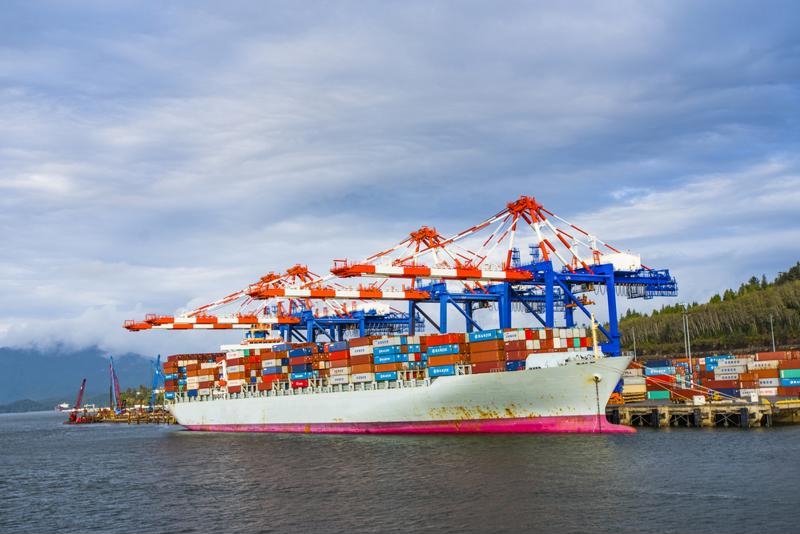There isn't a company on earth that can get by without the hard work of its employees, whose labor drives all business growth and success. As such, it's important to cultivate an environment in which your workers feel engaged and dedicated to your company's mission, so you can all flourish together.
The following ideals should help you strike that just-right balance between your needs and those of your employees, to both attract and retain talent in the supply chain industry as time goes on:
1) Set clear goals - and regularly redefine them
You likely have plenty of monthly, quarterly or annual targets for your business, but perhaps not for your individual employees, according to Ajilon. Changing things up and giving everyone clear objectives for a given week or month is a great way to make sure everyone stays on task, completes projects small and large, and generally feels like they're working toward something on an ongoing basis.

Often, executives decry that workers just don't put in the above-and-beyond effort the business wants, but may not consider why that is, Ajilon said. Giving them financial incentives for hitting those above-mentioned goals could entice them to do that little bit more work.
3) Consistently reevaluate your reputation
A big part of succeeding in business is being able to continually draw in new hires, so your company needs to set an exemplary standard, according to Supply Chain Dive. Regularly getting feedback from candidates about what you're doing well in your hiring process and employment practices could give you some outside insight.
4) Give workers the chance to grow with the company
A great way to make sure you can retain the workers you've had on staff for years is to give them a clear path up the corporate ladder, should they want it, Supply Chain Dive advised. Something as simple as paying for new certifications and other avenues of professional development could be highly valuable to any employee - and pay for itself easily over time.
5) Prioritize active recruiting
It's not enough to simply create a job opening when you have a position to fill - you need to actively seek out established talent within your industry, according to MEP Supply Chain Optimization. Being able to maintain contact with top workers in your field so you can potentially lure them away when you need to make an important hire can give you an edge on the competition.
6) Boost your internal culture
You should always be on the lookout for ways you can keep your workers more engaged, MEP Supply Chain Optimization noted. Frequently checking in with them to find out what about your business culture is working, and what needs to be tweaked, could help ensure they stick around for the long term.
7) Onboard new workers successfully
When you make a new hire, you want them to be able to hit the ground running, MEP Supply Chain Optimization further added. Pairing them up with an experienced employee can help them learn the ropes and find some friends quickly and easily.



























